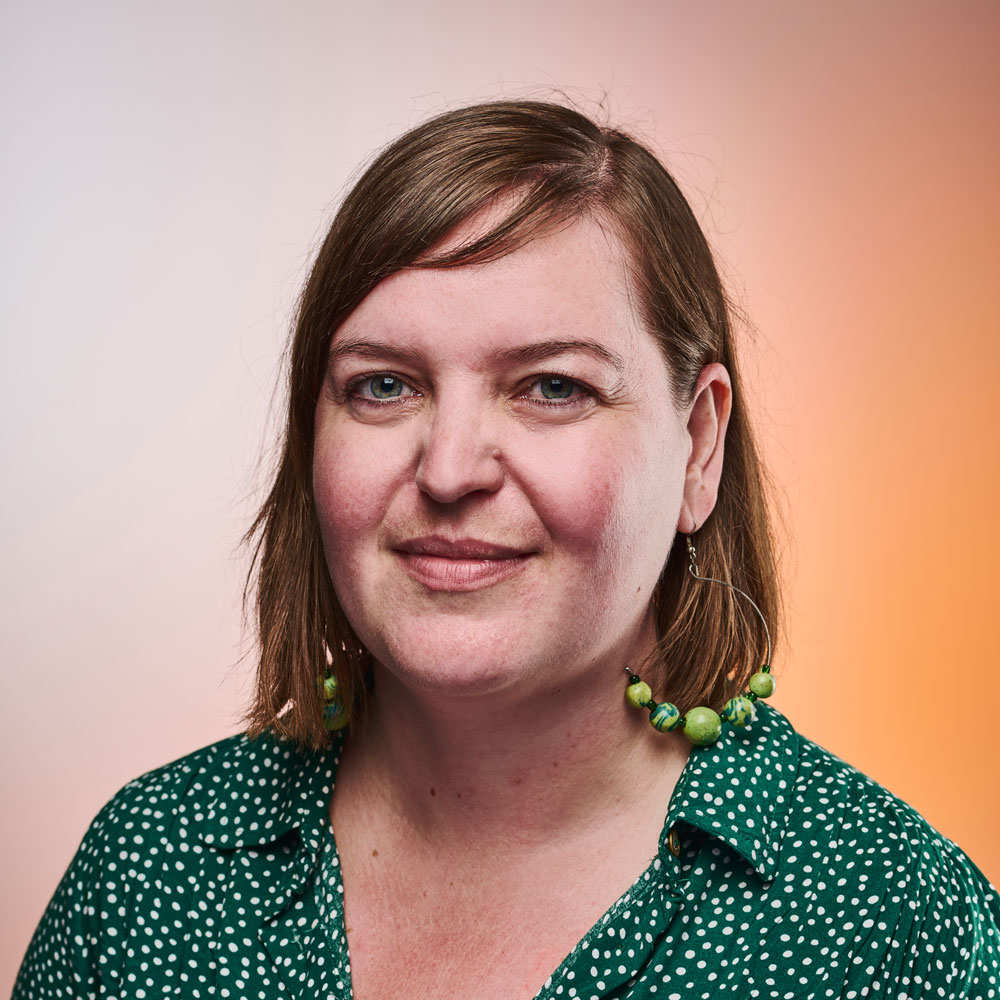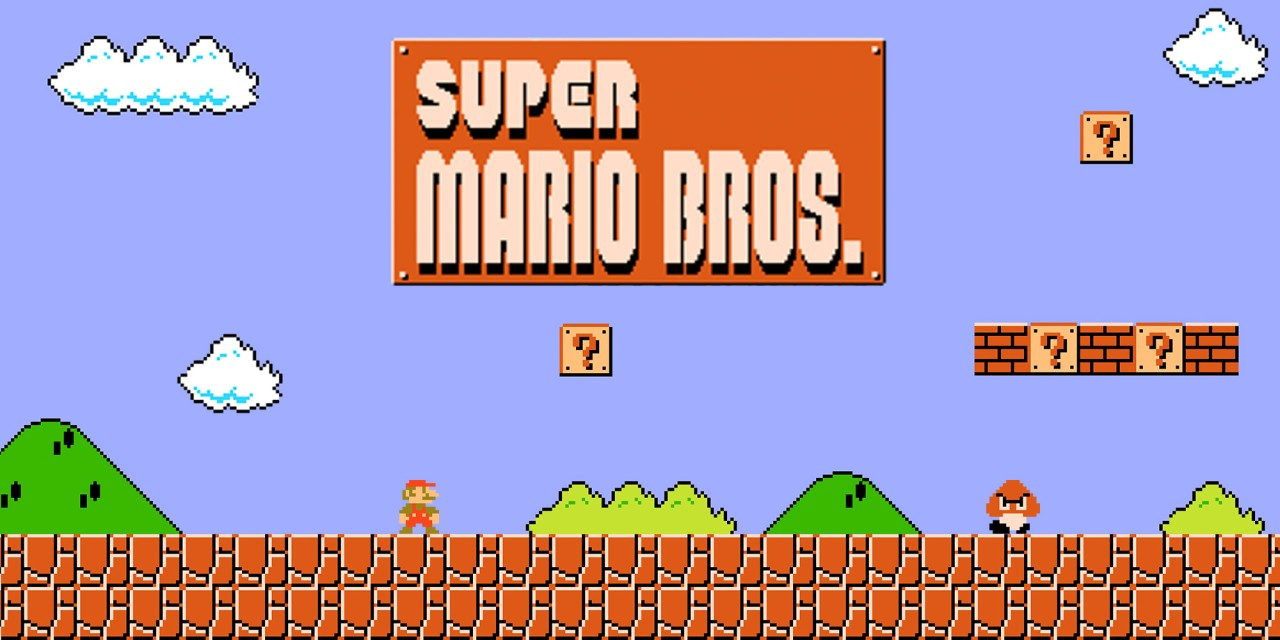"Without history, we're lost in space", says legendary designer Paula Scher
Scher takes us through her new BBC Maestro graphic design course.

"You can't teach graphic design totally online," admits one of the world's leading graphic designers, Paula Scher. But a new BBC Maestro course on graphic design, led by Scher, provides a powerful "adjunct" to interaction and critique between teachers and students, offering exclusive insight into Scher's vision and working practices.
The course gives the students "access to inspiration, and helps them learn from history and the present," Scher tells Creative Bloq. "It covers how things are done and how you think about form typography, ideas, editorial layout, three dimensional design, film titles – all of these areas that an aspiring designer would want to work in. And I think that your knowledge base is richer for that experience."

Design history
The course is structured in a series of lessons, or lectures, including graphic design 101 and sections on editorial design, type and logos from around the world. "First of all, it starts with the history of typography. If you go back to Lauscaux France, in 15,000 BC, there are these cave paintings that were narratives and the cave paintings evolved to become carvings on wood, or little symbols that turned into hieroglyphics that turned into alphabets," explains Scher.
"The first known history of it is in France, but they probably existed in some form all over the world. It seems like different societies all over the planet, way, way, way before we have any history of communication, had this desire to create these alphabets. And the alphabets evolved, and then only certain people could encounter the alphabets and read the alphabets.
"And then in the Middle Ages, it was the church and the first handwritten Bible and then the next thing you know, there's Gutenberg, who invents the printing press and suddenly this thing is everywhere. That is the history of graphic design. And from Gutenberg to the present, we're still trying to push and evolve the form, whether it's digital or on paper.
"The class talks about all of this together as one big idea, and how we have moved it forward. To push anything ahead, you have to understand what came before because otherwise, you'll repeat and get lost in time... without history, we're lost in space. So progress is based on understanding the past."

Case studies
There are also several lessons named From Sketch to Finish, which shows case studies of work Scher's created for major brands around the globe. "You can see how something starts and what the thinking is, and you can see how it got resolved," she explains.
Daily design news, reviews, how-tos and more, as picked by the editors.
The Windows logo is featured in one of these case studies, "Windows was not really a drastic change," Scher tells us. "I went back in history and found this blue window they had that was sort of eccentric, and they had a four pane logo that was in four different colours that was waving. It was like it was bent, then I realised this is not supposed to be a flag, it was supposed to be a logo in perspective, but they didn't get the perspective drawing right." The logo created as a result of Scher's revelation is still in use today.
Guest lectures
Scher also has two guests joining her in the course. Pentagram partner Michael Gericke takes viewers through some elaborate case studies in environmental graphics, "which is a field that most designers don't even know they can do", says Scher. And Emily Oberman, also from Pentagram, does a lecture on film titles and on motion graphics. "Both of them are terrific," says Scher.
Paula Scher's BBC Maestro course in graphic design is available now for a discounted price of £47.40

Thank you for reading 5 articles this month* Join now for unlimited access
Enjoy your first month for just £1 / $1 / €1
*Read 5 free articles per month without a subscription

Join now for unlimited access
Try first month for just £1 / $1 / €1

Rosie Hilder is Creative Bloq's Deputy Editor. After beginning her career in journalism in Argentina – where she worked as Deputy Editor of Time Out Buenos Aires – she moved back to the UK and joined Future Plc in 2016. Since then, she's worked as Operations Editor on magazines including Computer Arts, 3D World and Paint & Draw and Mac|Life. In 2018, she joined Creative Bloq, where she now assists with the daily management of the site, including growing the site's reach, getting involved in events, such as judging the Brand Impact Awards, and helping make sure our content serves the reader as best it can.
